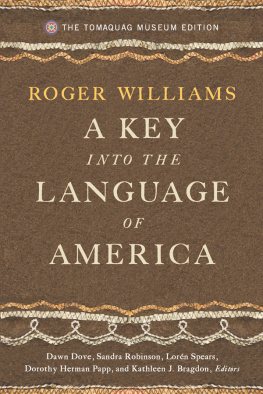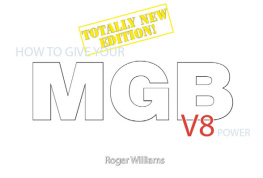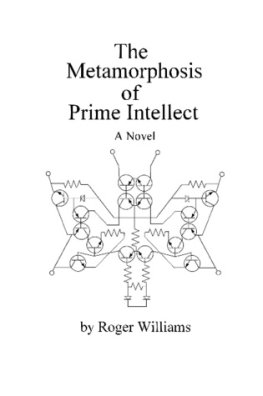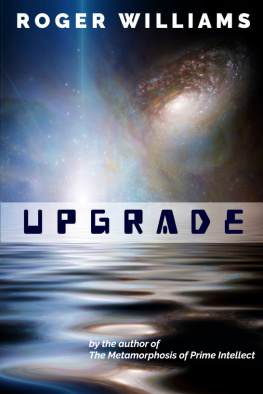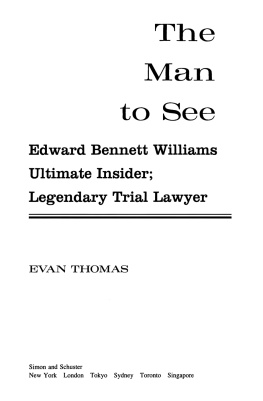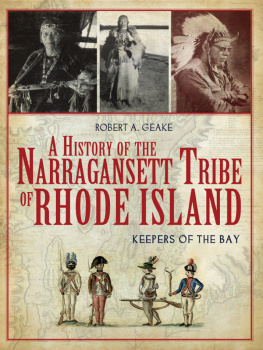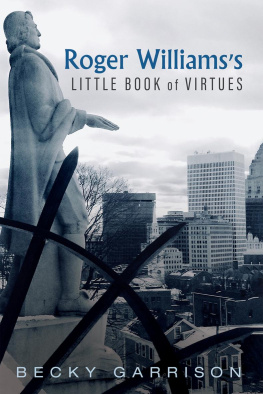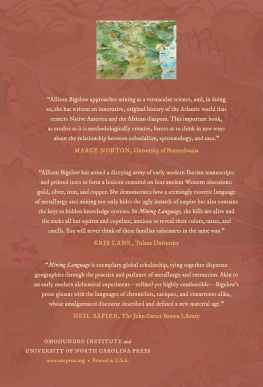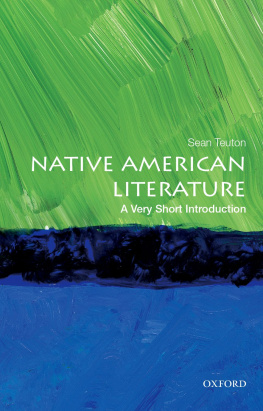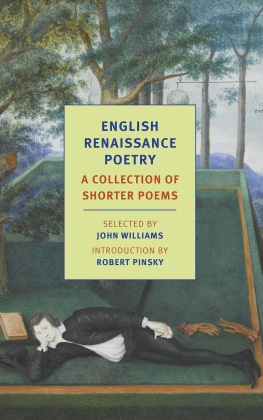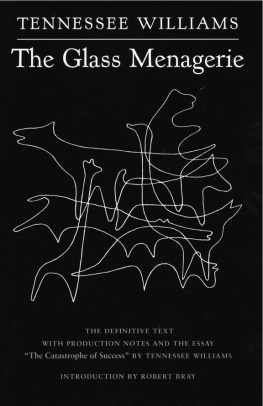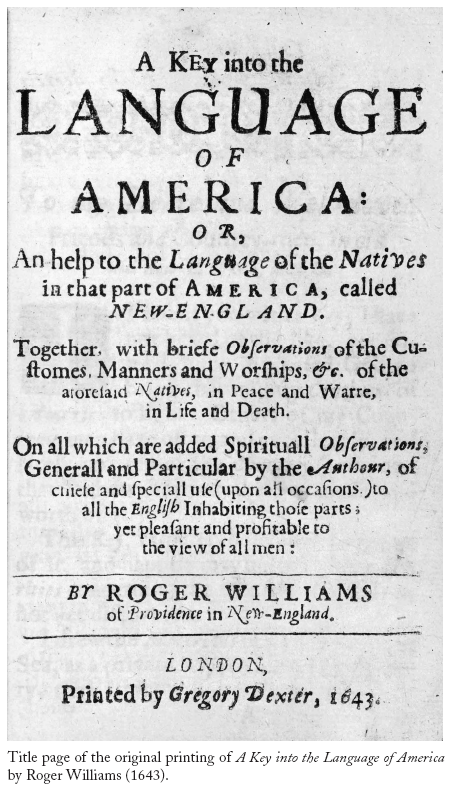Produced in the United States of America.
Acknowledgments
Kutaputush wutchee Nahahiganseck ninnimissinwock. Thank you to the Narragansett People. First and most importantly, thank you to our Elders and community members who have participated in language classes, programs, ceremonies, and continue to speak the language. Thank you to our ancestors for their perseverance in making it possible for future generations to have access to the Nahahiganseck language through oral tradition. A special thank you to past language teachers Ella Sekatau and Cecil Addison and his wife Clara Babe Addison of the mid-twentieth century.
Thank you to the Narragansett Language Committee including Dawn Dove, chair, Chief Kenneth Babcock, Iona Vars, Mildred Calhoun, Alberta Wilcox, Mary Brown, Barbara Bliss, Evangeline Hankinson, Mary Lou Stanton (in Memoriam), Ella Sekatau (in Memoriam), Janice Spears, Eleanor Dove, Lorn Spears, Janet Wills, Christopher Robertson, Dawn Spears, Cassius Spears Jr., Eleanor Dove Harris, Thawn Harris, Blake Robinson, Jacqueline Stanton, Clifford Brown, Bella Noka, Randy Noka, Sky Spears, Kiowa Spears, and Judy Ventnor for continuing this important work of facilitating language use within our community over the years. Thank you to the Narragansett Language singers for promoting language throughout the community. Also thank you to the youth who continue to show their desire to use the language for personal use, school work, research, films, social media and cultural presentations. We know with the youth our language use will grow and thrive throughout the twenty-first century.
Thank you to the Crane Foundation for their support of this important work and for supporting the Narragansett interpretation and perspective throughout this new edition. Kutaputush! Thank you also toHervie Lamb and Irving Rocky Johnson, and Diane Bisson for introducing The Crane Foundation to The Key and facilitating introductions to the Tomaquag Museum and the people of the Narragansett community who made this project possible.
Thank you to a variety of people who have supported this project by sharing their traditional cultural knowledge including Robin Spears, Sr., Gil Reid, Robin Spears, Jr., Sherente Harris, and Iona Vars. Also, special thanks to Neil Safier, Director of John Carter Brown Library, Brown University for use of the digital version of the original text. Thanks to John McNiff of the Roger Williams National Memorial for map suggestions. Thank you to the Tomaquag Museum staff, especially archivist Anthony Belz for map research, searching our archive for images, and taking photographs from the collection of cultural belongings.
Thank you to historian Robert Geake for referring us to Westholme Publishing and to Bruce H. Franklin of Westholme Publishing for seeing the merit and importance of this work. Lastly, thank you to our families for their patience and understanding over the last three years supporting the creation of this Tomaquag Museum edition.
Preface
LORN SPEARS
Tomaquag Museums mission is to educate the public and promote thoughtful dialogue regarding Indigenous history, culture, arts, and Mother Earth and connect to Native issues of today. As part of that mission, we have embarked on this project to make the Key to the Language of America more accessible and useful to Narragansett Tribal Members, other Algonquian speakers, the general public, and researchers alike. We have incorporated Narragansett language into our exhibits, programs, books, films, and cultural classes for the Native community. Language is integral to a culture. Without the language a piece of the culture is missing. Along with the passing down of language through the generations by our ancestors and Elders, Roger Williamss documentation of the Narragansett language is key to its survival into the twenty-first century. Tomaquag Museum acts as a bridge, a bridge between the past, present, and future as well as a bridge between Native and non-Native languages. This Tomaquag Museum edition of the Key has been made more user friendly and accessible by updating Roger Williamss older English phrases, wording, spelling, and style in his vocabulary lists and his Observation. His More Particular found at the end of each chapter, however, have been left unchanged in their original poetic style.
In the Narragansett community, the Nahahiganseck language has been used since time immemorial. However, with the arrival of Europeans to this continent, the use of our language had to be behind closed doors due to the atrocities of colonization. Displacement, disease, warfare, genocide, enslavement, and forced acculturation all played a part in Nahahiganseck language loss. Through colonial and American educational practices, ourpeople were forced to learn and use the English language, practice Eurocentric culture, and were indoctrinated into Christian faith. Forced assimilative practices and laws written and unwritten did not allow Indigenous people to utilize their language, resulting in a vast reduction in the use of Narragansett.
Roger Williams reflected on his desire to proselytize to the Indigenous people. According to oral tradition and practice, we utilized the Narragansett Indian Church, a non-denominational Christian church, as a meeting house where we could deal with social and political issues of the day, speak our language, and gather in fellowship. All of our pastors were Indigenous, and all but two were Narragansett. In order to convert the community, prayers and sermons were translated into Narragansett. In these ways our community has continued to utilize Narragansett language over time through prayers, songs, names, greetings, and popular phrases. Despite colonization, enslavement, massacres, detribalization, government-sanctioned genocide, attacks on sovereignty, historical and lateral traumas, we are still here and we still use our language.
Language changes over time as do cultural ways. Williams documented the oral language of our people to the best of his ability. He sometimes made grammatical errors and often spelled words a variety of ways based on the English alphabet. Even today, it is mostly an oral language and the Narragansett people spell words as they hear them. Compounding those inconsistencies is the fact that there are many ways to spell the same thing using English phonetics. For example, one of our traditional thanksgivings called Nikommo, has also been spelled Nikkommo, Nickommo, Nicommo, Nikkommoh, Nickommoh, Nicomoh, Nikomoh, and so on. Another example of Roger Williamss inconsistency is his use of the term yo. He uses this term interchangeably for this, that, and here. The Narragansett use yoo for this, yoout for here or in this place, and nee for that. Another difficult grammatical structure is referred to as the I on you form. When the Narragansett speak about something they do to another person, the prefix

